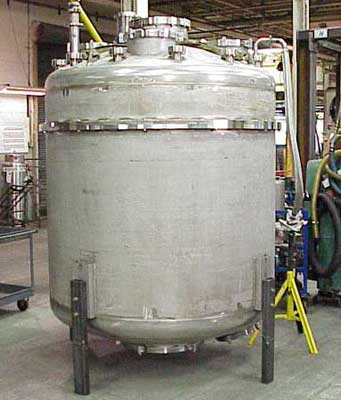Call: 708-425-9080
Meyer-Built Superconducting Radio Frequency Test Cryostat Is Subject of Paper
October 14, 2009
|
A test cryostat system Meyer Tool built for Argonne National Laboratory to test superconducting radio frequency cavities at their operation temperature was the subject of a recent presentation at the 14th International Conference on RF Superconductivity (SRF2009) held in Berlin, Germany on September 20th through 25th. Over 300 attendees participated in this very focused workshop.
Meyer Tool had input into the design details, built the majority of components for the test cryostat system and did the initial assembly, vacuum and pressure testing of the cryostat at their facility. The vertical cryostat consists of upper and lower assemblies. The system components built and assembled by Meyer Tool included the upper and lower 60-inch diameter stainless steel vacuum vessels, the upper and lower nitrogen cooled copper thermal shields, the 54-inch diameter stainless steel double head ASME B & PV Code U stamped helium vessel, internal and external piping spools and internal and external structural supports. Meyer Tool also installed the magnetic shielding to the inner surfaces of the upper and lower vacuum vessels, fitting it like a second skin to the insides of the vessels. After assembly of the magnetic shielding to the vacuum vessels, Meyer installed the upper thermal shield and the helium vessel into the upper vacuum vessel, and the lower thermal shield into lower vacuum vessel. The helium vessel and thermal shield sections were insulated by Meyer Tool with superinsulation. The uper and lower assemblies were then mated; Argonne engineers had designed a unique overlap design that nested the upper and lower sections of the magnetic shielding, thus providing a continuous shield while allowing for disassembly. Meyer Tool technicians evacuated the vacuum vessel and sequentially pressurized the nitrogen and helium circuits inside the cryostat with helium gas to ensure leak tightness of all components. Read the paper presented at the RF workshop. |




